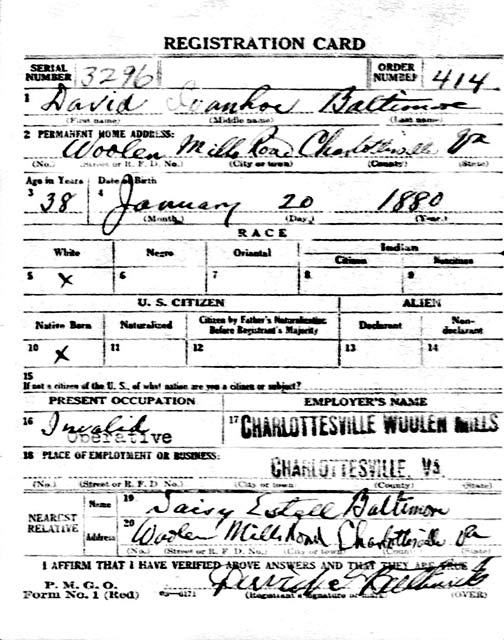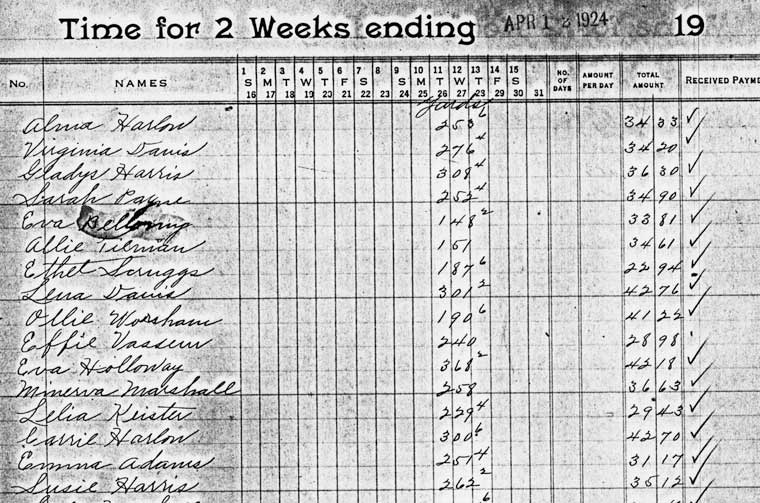influenza

Equally as pressing as wage increases was the severe curtailment of production during 1918. Nine valuable days were lost during February and March as a result of the federal Fuel Administrator's order. But these were nothing when set against the effects of the influenza epidemic which swept through the eastern United States in the fall of 1918.
As Charlottesville fell under its deadly grip, schools were closed, large gatherings of people ceased, and many businesses were crippled by sickness. At the Woolen Mills, the disease "worked havoc": sometimes half the workers were ill. When the attack had subsided, it was found that the equivalent of twenty-three days had been lost. All told, the mill was in effect closed down for five and a half weeks during 1918. --Harry Poindexter
Labels: Poindexter History

